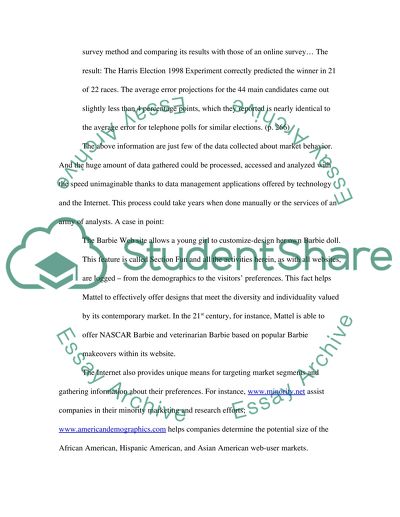Cite this document
(Marketing Research as a Base for Formulating Marketing Decisions Assignment, n.d.)
Marketing Research as a Base for Formulating Marketing Decisions Assignment. Retrieved from https://studentshare.org/marketing/1546532-report
Marketing Research as a Base for Formulating Marketing Decisions Assignment. Retrieved from https://studentshare.org/marketing/1546532-report
(Marketing Research As a Base for Formulating Marketing Decisions Assignment)
Marketing Research As a Base for Formulating Marketing Decisions Assignment. https://studentshare.org/marketing/1546532-report.
Marketing Research As a Base for Formulating Marketing Decisions Assignment. https://studentshare.org/marketing/1546532-report.
“Marketing Research As a Base for Formulating Marketing Decisions Assignment”, n.d. https://studentshare.org/marketing/1546532-report.


